At the summit of Santorini‘s tallest mountain lies the ancient city and archaeological site of the former city of Thera, 396 meters above sea level.
It is safe to say that visiting this historic site, a UNESCO World Heritage site, is a must-see when in Santorini. It’s accessible by foot and partly by motorized vehicle, making it a place that everyone can explore and one that I highly recommend.

Duration
~3 hours from Kamari ~45 minutes from the parking area

Elevation Gain
~300 meters from Kamari ~70 meters from the parking area

Difficulty
Moderate difficulty from Kamari, otherwise easy
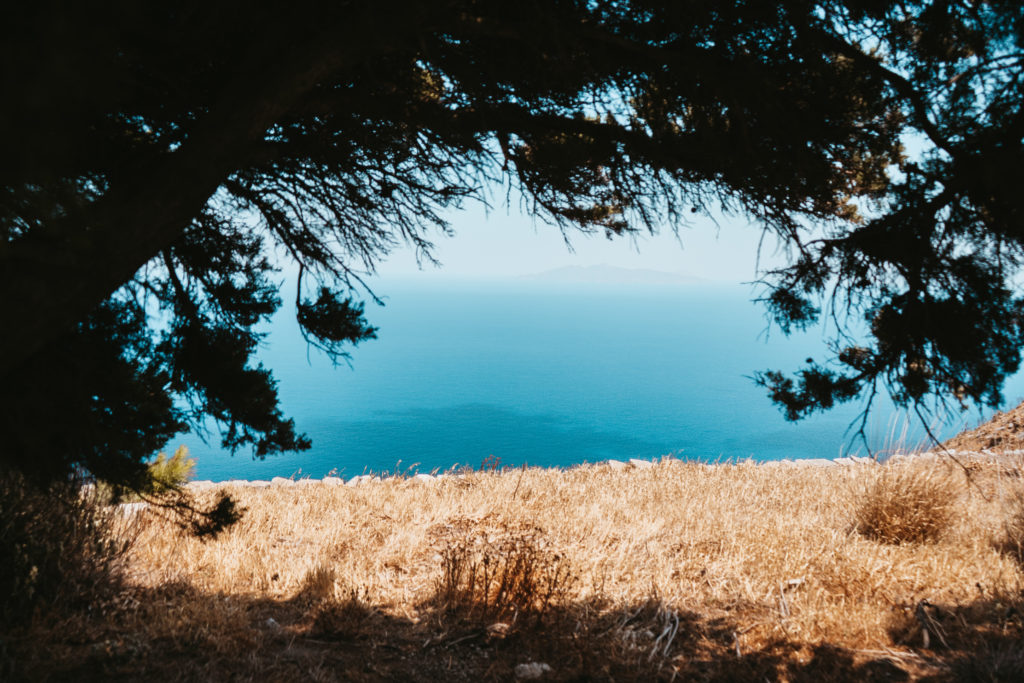
Map to Get to the Ancient City of Thera in Santorini
One of Santorini’s Most Beautiful Hikes
The hike from Kamari to the archaeological site is truly picturesque and offers stunning views of the countryside. As you get closer to the summit, the view opens up, and you can literally see the entire island. For the observant, you can spot wildlife and flora that have managed to live and thrive in this seemingly inhospitable environment.
It’s shorter than the hike from Fira to Oia. The first part of the hike can be a bit challenging, especially if you start from Kamari, where you’ll encounter almost 400 meters of elevation gain. This can be tough for some, but it’s not a reason to miss out on exploring the ancient city of Thera.
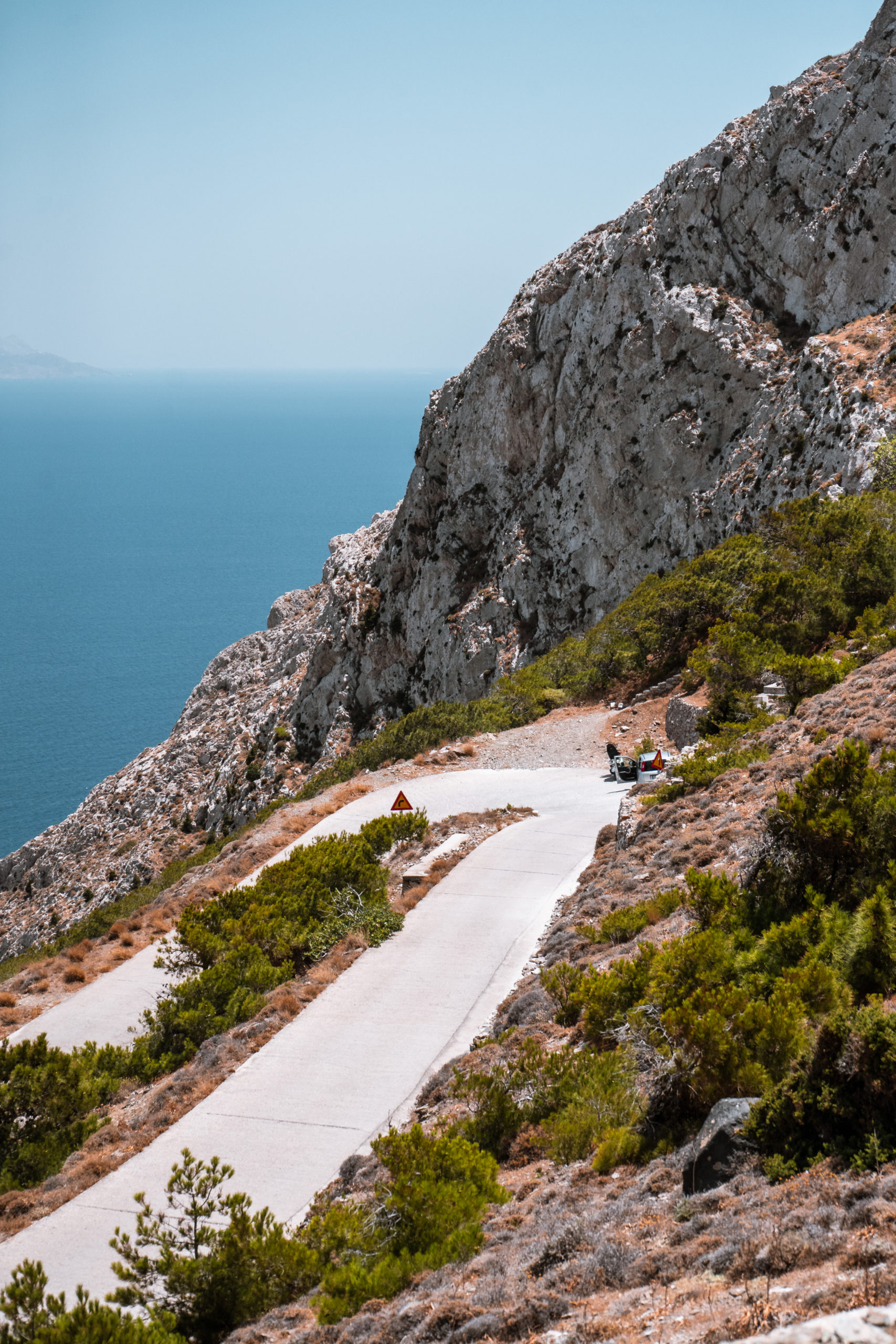
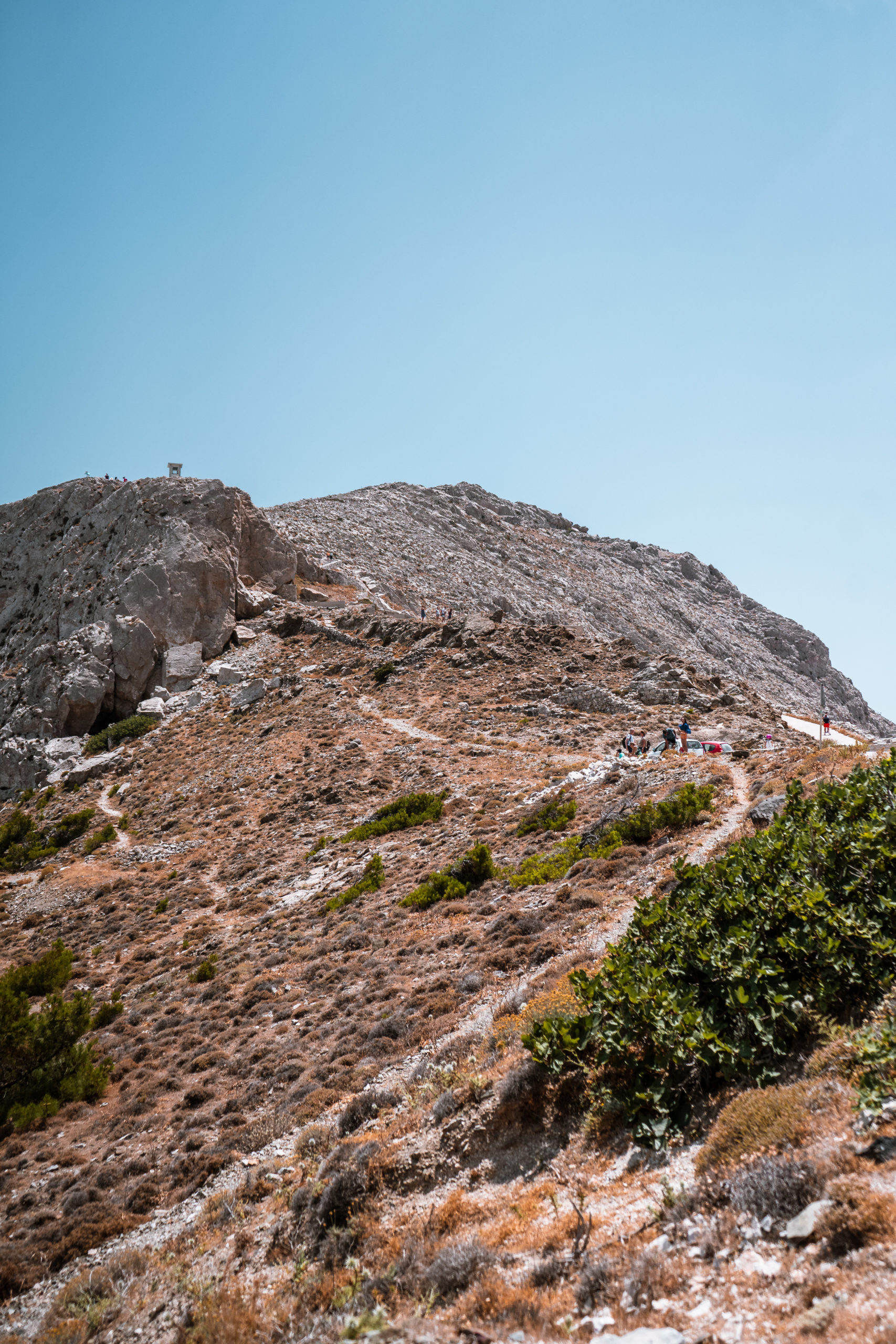
Part of it Is Accessible by Car
Indeed, there is a road that takes you up to the entrance of the nature park at the summit of the mountain. You can park your car, scooter, or quad there. The road to the top, while winding, is well-maintained, so there’s no need to panic during the journey.
For the more adventurous, you can bike up there. Otherwise, if you don’t have your own means of transportation, you can take a taxi or the bus.
Once you arrive at the parking area at the summit, you’ll have another short 15-minute walk with a slight elevation gain.
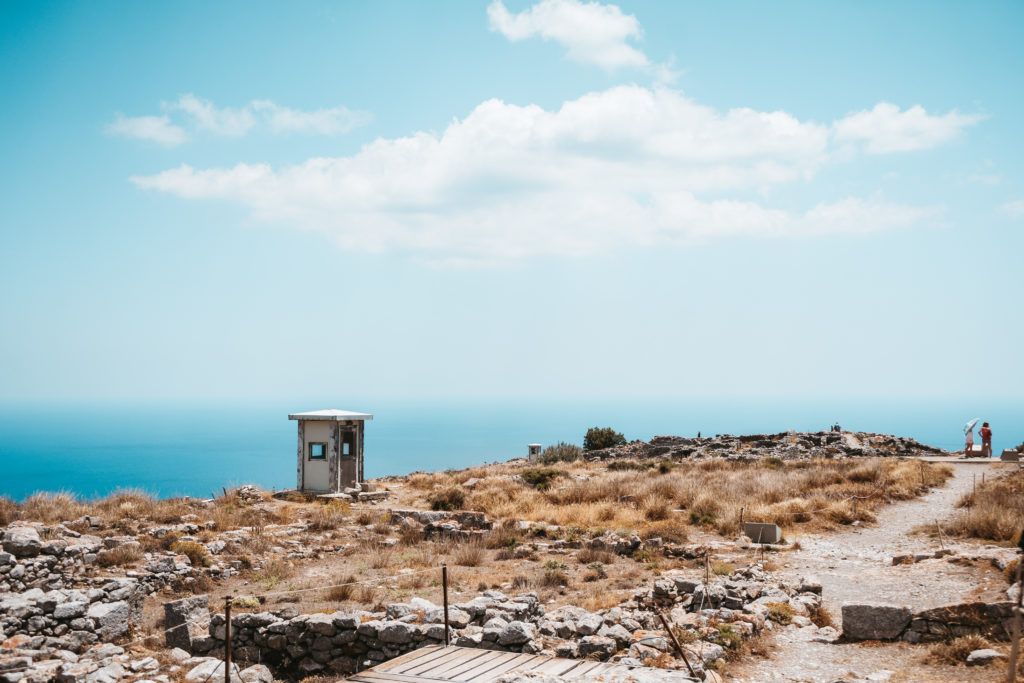
Admission to Thera, Santorini is Paid
The Thera archaeological site is open to the public, and admission is 4 euros for adults. However, on many special occasions, admission is free. I recommend checking for information on this.
Make sure to have some cash with you, as in most places in Santorini, they don’t accept credit cards. Use your Wise card to withdraw with minimal fees.
Important to note: Admission is free for all individuals under 18 with an ID card, students, and teachers accompanying students.
Incredible Views of Santorini and the Aegean Sea
It’s along this path that you’ll find the most beautiful views of the eastern side of Santorini and the sea. It’s a superb spot to admire sunsets. However, be careful as it’s not illuminated at night.
The path is a bit rough, but it’s more than compensated by the incredible panorama of the island of Santorini. Personally, I could have spent an entire day gazing at the landscape and Santorini’s beaches, in the shade of the few trees that line the path.

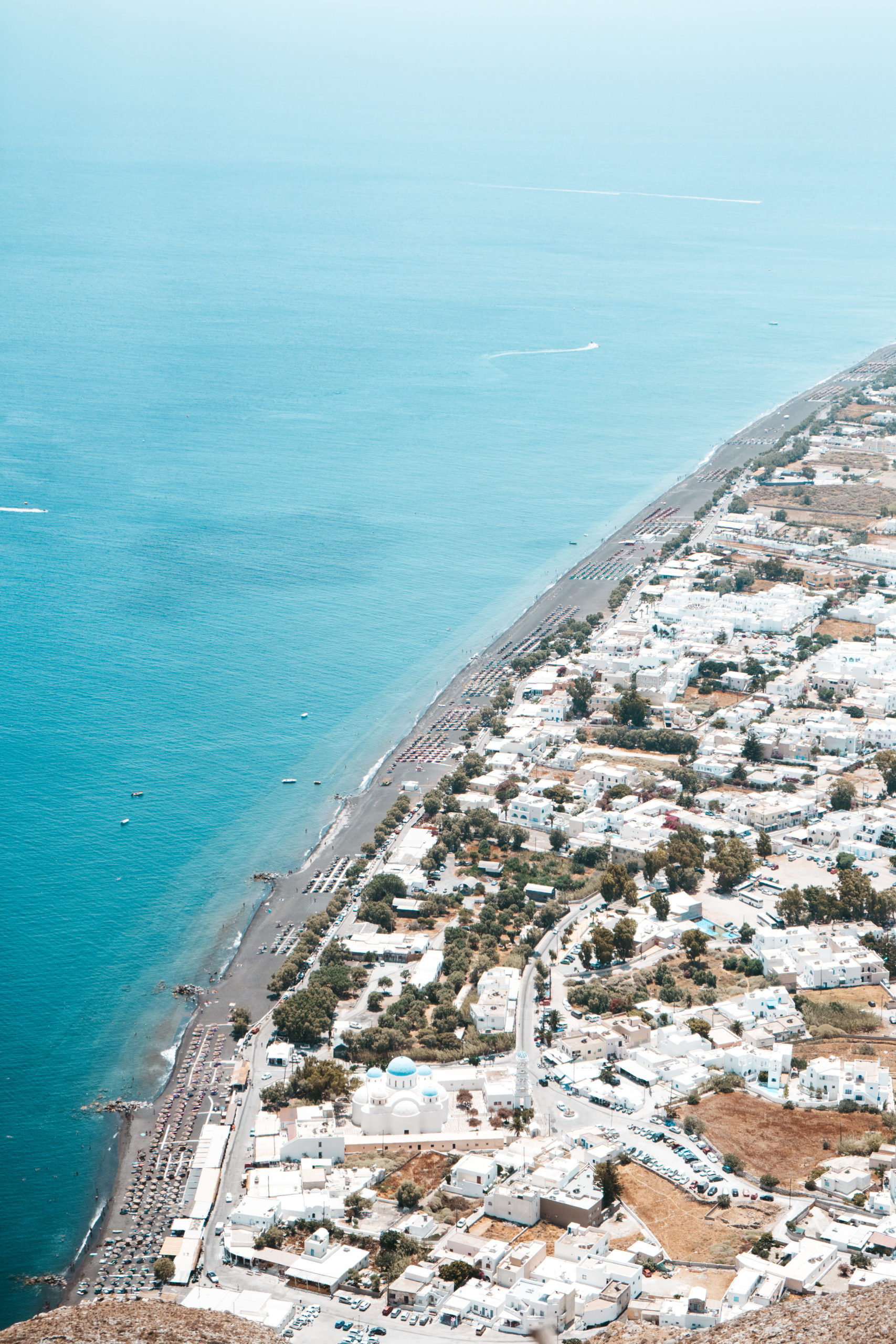
Ruins of Thera Through the Ages in Santorini
The first excavations of the ancient city of Thera began in the late 19th century and continued until the end of the 20th century. This revealed that the site was inhabited from around 900 BC to 726 AD, during the Hellenistic and Roman periods of Santorini.
Archaeologist Maya Efstathiou has noted that the most significant monuments at the site include the early Christian basilica of Agios Stefanos, the Temenos of Artemidoros, the Stoa in the agora, the theater, the sanctuary of Apollo, the gymnasium, and a sanctuary. Yes, it was quite a large village.
Although the site may not be as famous as the village of Akrotiri, which dates back to the Bronze Age, the ancient city of Thera is definitely worth visiting.
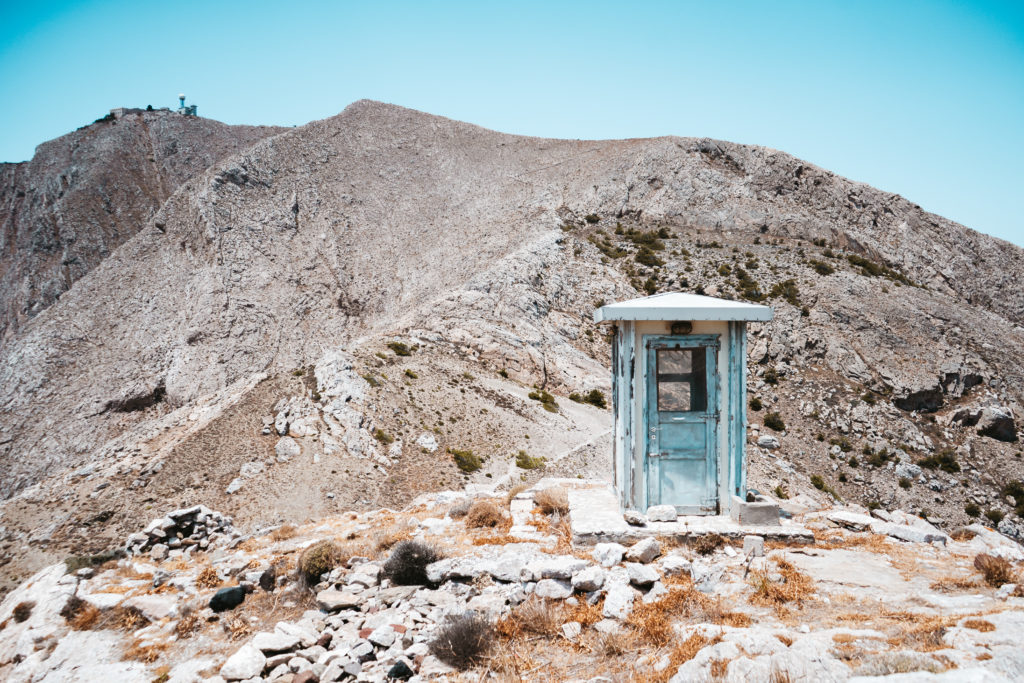
Abandoned after the eruption of the Santorini volcano in 726 AD
The city of Thera transformed from an unimportant colony in the 3rd century BC into a prosperous city that hosted the Ptolemaic fleet during the war for the Aegean Sea.
It was a sacred destination initially inhabited by the Dorians, led by their chief Theras. Unfortunately, it was abandoned after the apocalyptic eruption of the Santorini volcano in 726 AD.
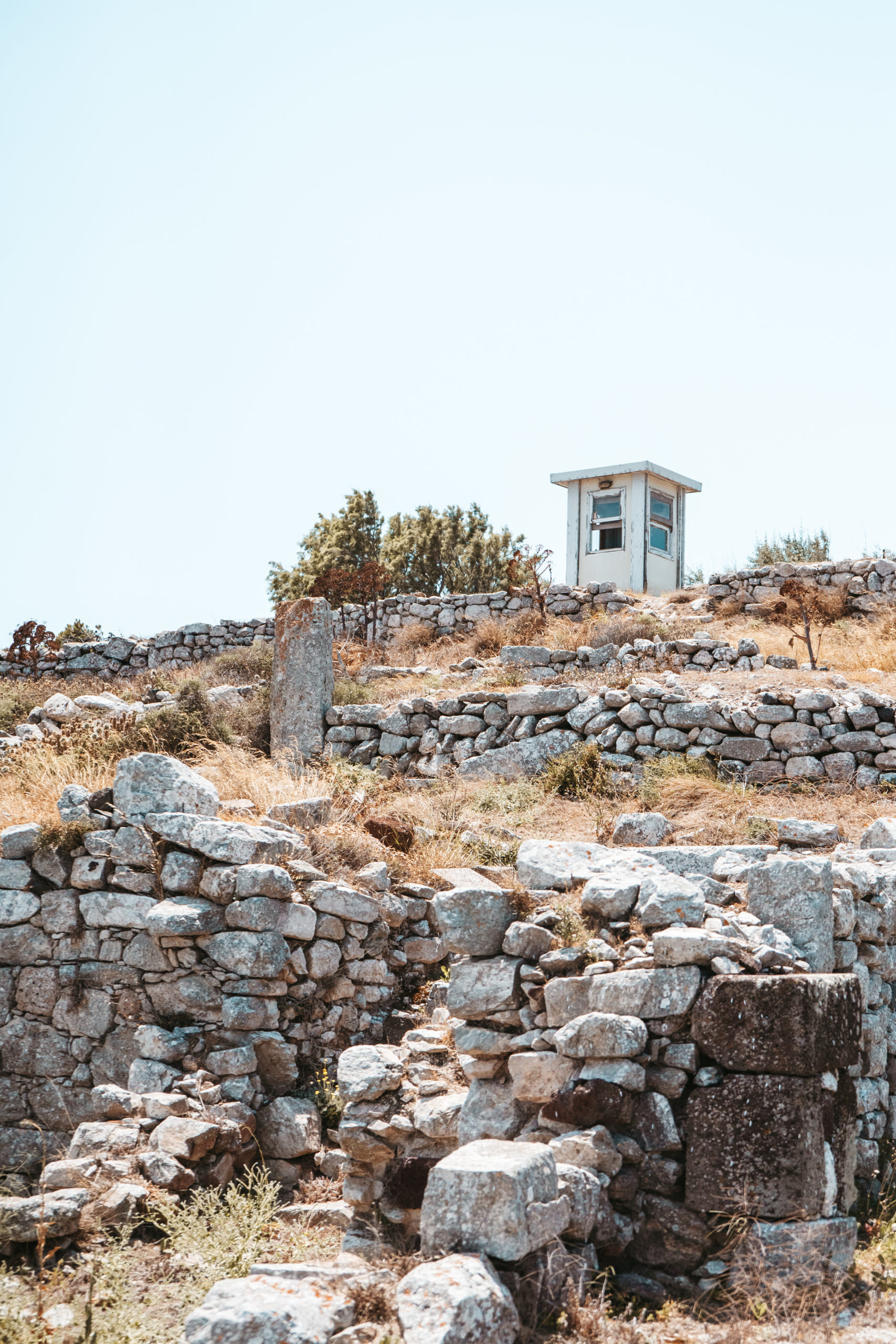
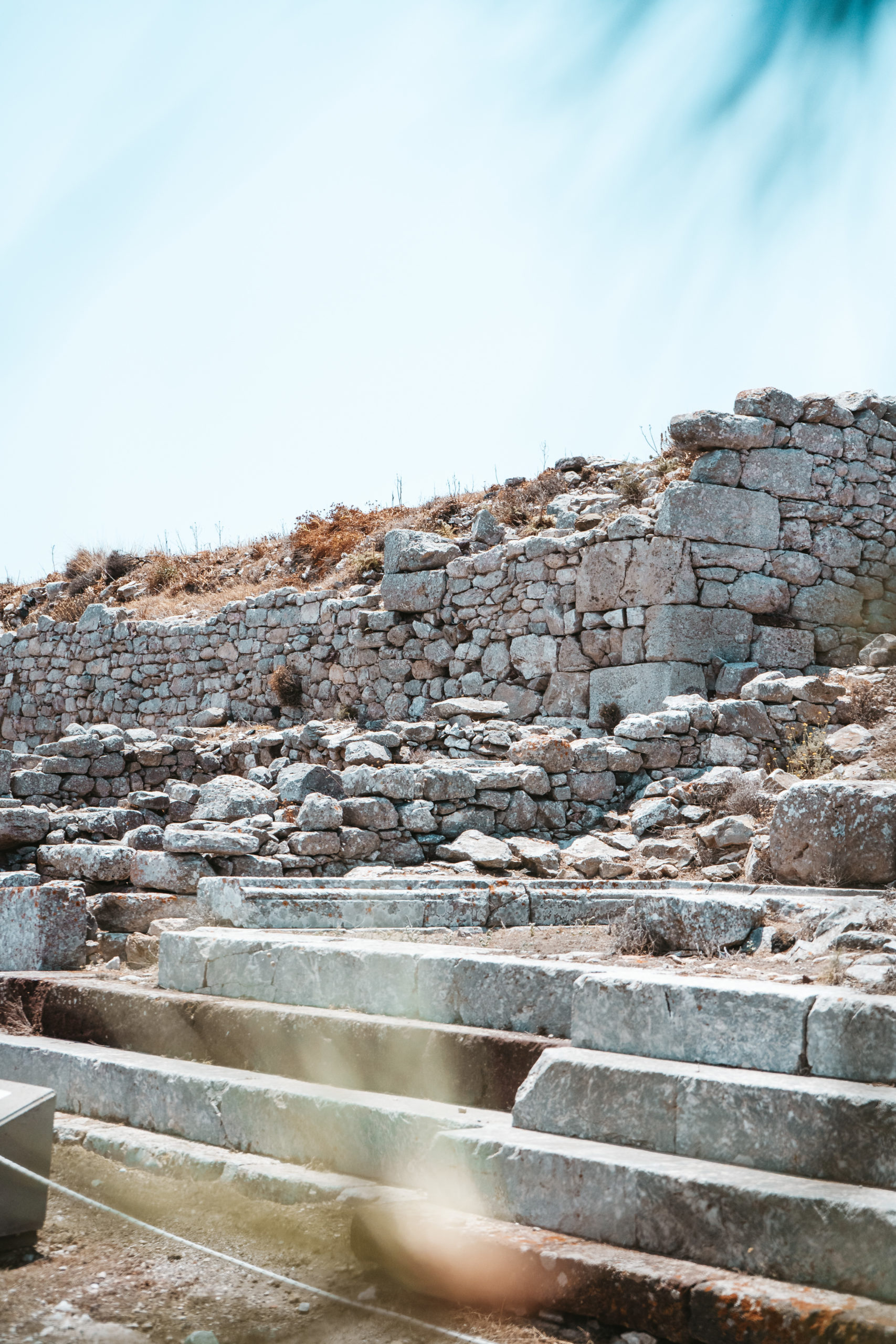
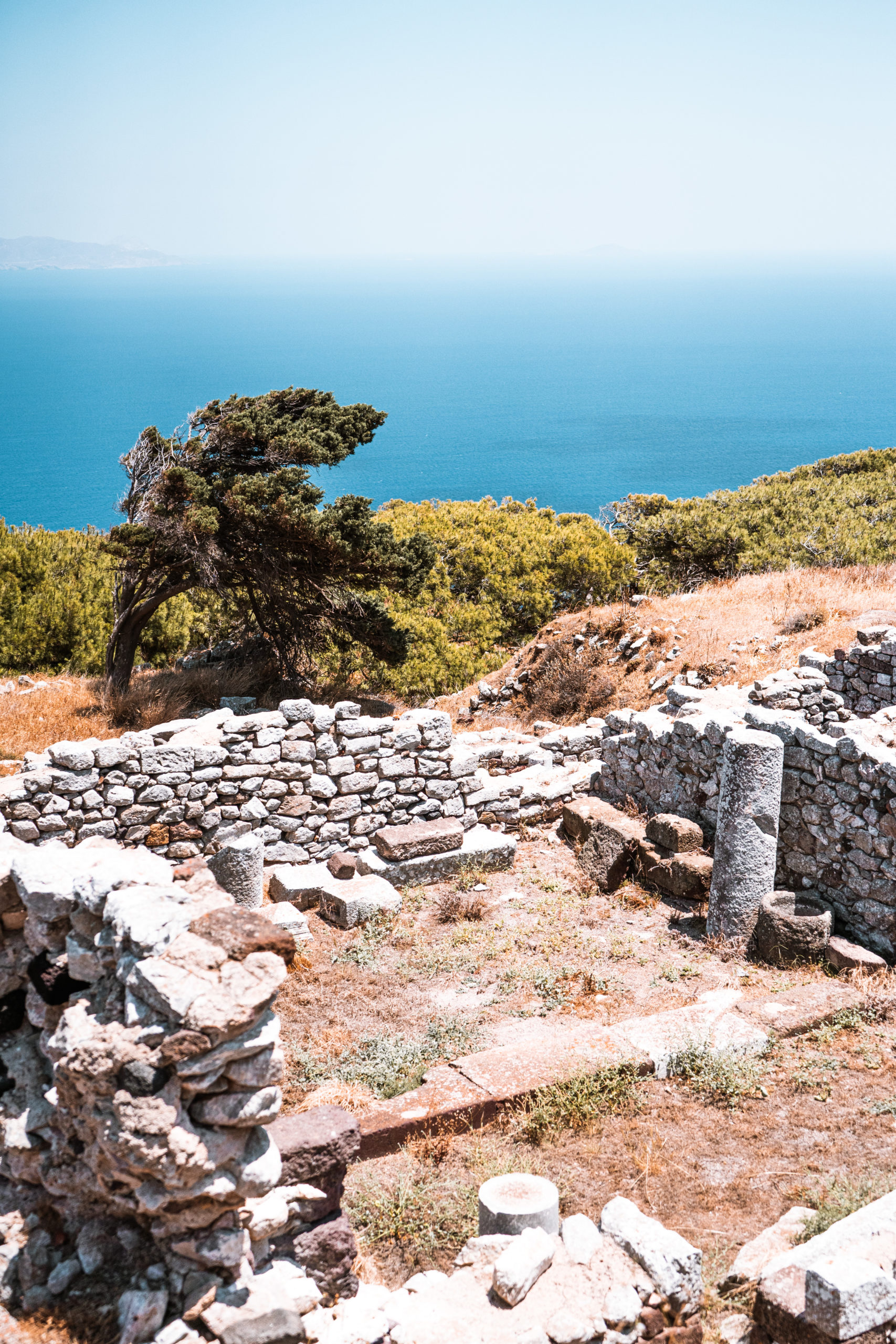
Article mis à jours le 23 September 2023 par Pierre Bouyer

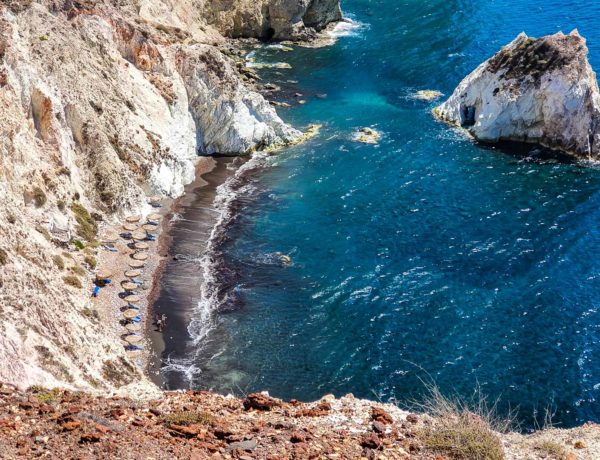







No Comments